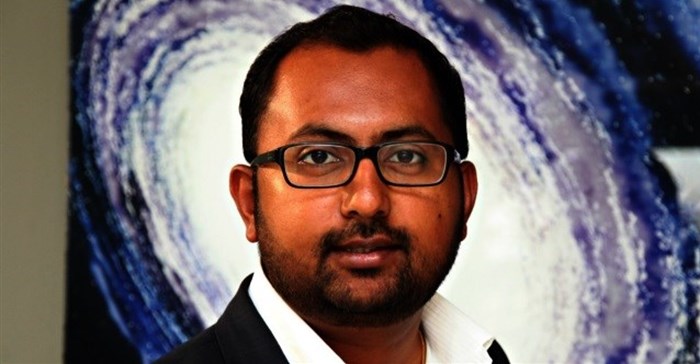Forecasting in an age of digital disruption

However, that’s starting to change thanks to the rise of new technologies such as advanced analytics platforms, in-memory computing, and artificial intelligence (AI) tools, including machine learning. Forward-thinking organisations are using these disruptive digital tools to shift away from traditional forecasting, which relies on historical data, to algorithmic forecasting that tracks and provides real-time data insights.
CFOs leading the charge
And within these pioneering companies, it’s often the chief finance officers who are leading the charge, challenging the way the enterprise traditionally looks at and consumes data, and championing an innovative, data-driven approach that will help people project the future of their business more accurately. They have realised that by modelling the potential impact of important decisions, an organisation’s leadership can help generate smarter insights and stronger business outcomes.
Just how much smarter? Consider how most organisations currently approach analytics and forecasting. In researching its report, Algorithmic Forecasting in a Digital World - part of the Crunch Time series for CFOs - Deloitte found that that enterprises typically allocate just 5% of their time to formulating the crunchy business questions that hypothesise scenarios necessary to run and grow the business.
A full 75% of the time is spent extracting, gathering and analysing the data to gain insights.
Some 10% is allocated to reviewing the insights and translating them into actions or tweaks, with a further 10% devoted to converting the insights into actionable decisions, where real value can be realised.
With algorithmic forecasting, by contrast, machines do most of the heavy lifting, particularly the repetitive data extraction and number crunching tasks, freeing humans to focus on the far more productive and potentially value generating hypothesis and action stages of the cycle.
To picture this at work, consider how a typical day could play out for an organisation with powerful digital tools at its disposal.
A day in the life of digitally empowered finance
7am: The CFO wakes up and checks the daily financial statements using a visualisation app. Working capital shows a significant drop from yesterday’s figure, continuing a three-day trend.
9am: On the way to the office, the CFO makes a voice activated query (or text) via NLP. His display shows current AP and AR metrics, which indicates a half day increase in days sales outstanding in real time.
10am: In the office, he follows up on the working capital change. The profitability dashboard shows a small cost variance in the East Africa (EA) region. He drills down and sees costs increasing for a new product line at a particular production facility.
11am: The head of FP&A presents cost variance analysis in EA. There were three rush orders of raw input materials due to contamination that resulted in a cost overrun and decrease in working capital due to partial cash payment. Root cause analysis indicated plant failure for the second time this year.
1pm: At the head of FP&A’s direction, the BU controller works with manufacturing finance. Previous analysis shows that a predictive tool to reduce plant downtime does not meet the company ROI. Adding in the opportunity cost of extra inventory and working capital makes the opportunity viable.
2pm: The head of FinOps contacts his accounts receivable manager, who checks his automated exception logs. DSO increased due to repeated exceptions in generating invoices for a new retail customer acquired through acquisition, indicating a suboptimal process in sales.
3pm: The head of FinOps works with sales finance to automate order entry. Analysis indicates a number of data issues with order generation in the acquisition sales force. RPA is scheduled for a three-week rollout to correct the process errors.
5pm: The NLP generator sends a management information communication to key members of management detailing today’s issues. A notification appears on the CFO’s smart watch advising the DSO and working capital issues are now resolved.
Is your organisation ready?
This scenario is not science fiction. Each of the technologies outlined here exists today. If you’re not considering implementing such a system in your business, you can be sure one or more of your competitors is or will be soon.
Of course, the technology is only one side of the equation when it comes to implementing the finance function of tomorrow. Finding the right people with that crucial balance of skills that enable them to work with machines to interpret this treasure trove of data and sharing it with human decision makers so that it can be appropriately and timeously translated into action will be essential.
Other key factors to consider early in the process include where to locate this analytics capability within the business, whether it will be a permanent or “as needed” function and whether it will be located in the cloud or in-house – or a combination of the two.
Every company will make its own unique journey from its current approach to planning and forecasting to an improved approach. Advice from experienced and knowledgeable partners may well mean the difference between success and failure in this regard.
Arun Babu was a speaker and panellist at the South African Institute of Chartered Accountants (SAICA) Symposium, held at the Sandton Convention Centre in Johannesburg on 25 April 2019.











